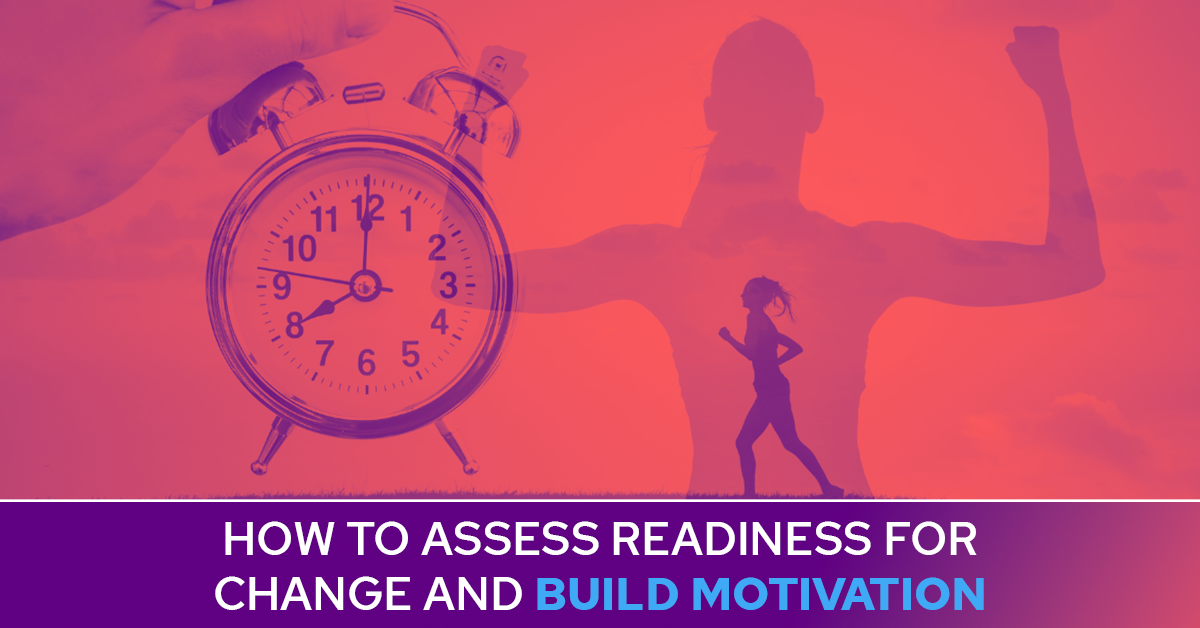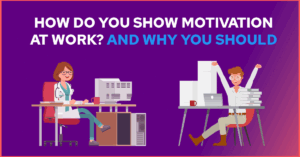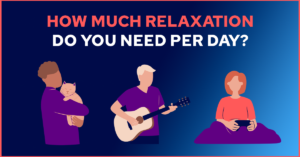How to Assess Readiness for Change and Build Motivation for Yourself and Others

Making a big change can feel scary and hard. Did you know motivation plays a key role in this process? This article gives tools and tips to build your drive for change. Let’s get started!
Key Takeaways
- Use models like the GROW and Transtheoretical to guide your change journey. These help you set goals, understand your readiness stage, and celebrate small wins.
- Motivational interviewing can boost your drive to change. This technique helps you find personal reasons for changing by using open questions and affirmations.
- Tools such as questionnaires and software measure how ready you are for a change. They help set specific steps towards achieving your goals.
- Building motivation is key in both personal and organizational changes. Support, clear communication, and understanding each person’s readiness level make a big difference.
- Adapting strategies to different contexts increases chances of success. Whether it’s one person or a whole team, tailor the approach to fit everyone’s needs for better results.
Understanding Readiness for Change

Understanding readiness for change is crucial at both individual and organizational levels. It involves assessing the motivation and willingness to embrace major changes within oneself or a collective environment.
Individual level readiness

Every person has their own sense of readiness for change. This means understanding their willingness to adjust something in their life. For success, it’s key to build this motivation within oneself.
Assessing where you stand on the stage of change model helps a lot. This model breaks down the process into steps: thinking about changing (contemplation), getting ready to change (preparation), making the change (action), and keeping up with the change (maintenance).
Knowing your stage helps tailor strategies that work best for you.
Tools like questionnaires can give insights into how ready someone is. Using feedback from these tools can guide actions towards positive shifts in behavior or thought patterns. Techniques like motivational interviewing also play a big role.
They involve conversing in ways that bring out one’s own reasons for wanting a change, which can deeply motivate them throughout their journey toward transformation.
Employee & organizational readiness

Employee and organizational readiness play a big role in making major changes work. Teams need the right support, like training and coaching. This helps everyone adjust to new ways of doing things.
Tools are also important. They make the change smoother for all involved.
Making sure employees are ready for change involves checking their willingness to adopt new behaviors or methods. It’s about building a mindset that sees change as positive. Managers can use scales or software to measure this readiness.
This approach spots any resistance early on and finds ways to overcome it through support and clear communication.
Theories and Models for Assessing Readiness

Theories and Models for Assessing Readiness are essential in understanding individual, employee, and organizational readiness. They include the GROW model, Transtheoretical model, and Self-determination theory.
GROW model

The GROW model helps people make big changes. It uses SMART goals to outline what success looks like. This model covers action steps, needed items, support, and how to check if the plan works.
Regular checks on progress are key for anyone trying to change.
Celebrating small wins is a big part of the GROW model. By marking achievements along the way, it keeps motivation high. This method makes sure that progress towards reaching a goal feels rewarding and possible.
Transtheoretical model

The Transtheoretical Model (TTM) shows us how people change their habits. It teaches that folks move through different phases: precontemplation, contemplation, preparation, action, and maintenance as they try something new or alter a habit.
This journey helps them see which stage of change they’re in.
Using TTM can make it easier for someone to understand the process of altering their behavior. For instance, if someone decides to eat healthier or exercise more regularly, knowing these stages can guide them on this path.
With each step forward, they learn more about their readiness to change and what actions will help them succeed in reaching their goals.
Now let’s explore another useful approach called Self-determination theory.
Self-determination theory

Moving from the Transtheoretical model to the self-determination theory, it’s important to consider the fundamental human needs. In this theory, three essential needs exist: relatedness, autonomy, and competence.
By meeting these needs, positive change can be achieved. Interventions supporting these feelings highlight that individuals’ actions are freely chosen and personal.
In the realm of motivation for change, the self-determination theory underpins a person’s need for relatedness, autonomy, and competence. It emphasizes satisfying these fundamental human needs as a key component in promoting positive behavioral changes while ensuring that interventions support an individual’s sense of personal choice and freedom in their actions.
Techniques to Build Readiness for Change

Assessing readiness for change revolves around employing various techniques to build motivation. One of the effective methods is utilizing the readiness for change ruler, which helps in gauging an individual’s willingness and motivation to embrace change.
Another powerful technique is employing motivational interviewing, a client-centered counseling approach that focuses on evoking intrinsic motivation for positive behavioral changes.
Utilizing the readiness for change ruler

To assess and increase readiness for change, the readiness for change ruler can be utilized. This technique involves asking individuals to rate their importance and confidence levels in changing on a scale from 1 to 10.
It helps gauge their motivation and readiness for making changes in behavior or mindset, which is crucial in the process of change. Motivational Interviewing (MI) also plays a key role in using this tool, as it emphasizes empathy, compassion, self-compassion to reduce shame and guilt while assessing client’s readiness for change.
Employing motivational interviewing

Motivational interviewing is a technique to build readiness for change. This approach entails guiding individuals to explore and resolve their ambivalence towards making changes, by utilizing open-ended questions and affirmations.
It focuses on eliciting the individual’s own motivations for change and strengthening their commitment to taking steps in that direction.
Successfully implementing motivational interviewing can significantly increase an individual’s willingness to make positive changes in behavior or mindset. The continuous use of this technique throughout the change process aligns with the importance of ongoing responsiveness to an individual’s needs and progress, as emphasized in assessing readiness for change.
Tools to Assess Readiness for Change

Assessing readiness in different contexts aids understanding of the depth of change required. Techniques to build readiness for change involve utilizing specific tools for individual and organizational assessment.
Questionnaires & scales

Tools like questionnaires and scales are crucial for assessing readiness for change and building motivation. They help gauge where a person is in terms of their readiness to make a change and identify areas needing additional support.
Additionally, these tools align with SMART goals by being specific, measurable, achievable, relevant, and time-bound. They can assist in creating action steps and identifying necessary resources for successful change.
Regularly reviewing and updating the case management plan with clients can acknowledge progress and achievements.
Using software to improve readiness

Software plays a crucial role in improving readiness for change. It provides SMART goals to enhance motivation and monitors progress. This aids in outlining action steps, managing resources and supports, evaluating effectiveness, reviewing case management plans regularly, and celebrating achievements.
Software also ensures easy access to necessary resources throughout the process of making a major change.
The utilization of software significantly contributes to improving readiness for change by providing essential tools for setting and tracking goals effectively while measuring progress towards achieving them.
Strategies to Increase Motivation and Goal Achievement

Employ the GROW model to set specific, achievable goals for a clear path to success. Use motivational interviewing influenced worksheets, fostering self-worth and intention development.
Harness Quenza software as a powerful bespoke tool aimed at enhancing readiness for change and client support throughout their treatment journey.
Indulge in assessment tools such as the URICA and Readiness to Change Questionnaire. Moreover, employ the Self-Efficacy Scale to measure clients’ potential in goal attainment tailored towards growth and situation-specific behavior changes.
Assessing readiness in different contexts

Assessing readiness in different contexts is crucial for successful change. Understanding how to adapt techniques and tools to different environments can lead to greater motivation and goal achievement.
Read more about this on our blog!
Organizational change

Organizational change is crucial to understand for a smoother journey through shifts within the workplace. This process requires evaluating progress and identifying areas for improvement, as well as understanding the unique environment and culture of the organization.
Resources like training programs can help individuals navigate these changes. Furthermore, assessing readiness in various organizational contexts involves using tailored evaluation methods.
By helping individuals grasp the potential outcomes and benefits of change, motivation for organizational change can be built.
The complexity of organizational change makes it essential to recognize its unique aspects within each context. Evaluating individual progress throughout this process is key to understanding what might need improvement.
Client-centered change

Assessing readiness for change in client-centered contexts involves understanding the client’s problem and evoking readiness through dialogue. Normalizing ambivalence and resistance in the change process is essential while forming a positive alliance with clients.
Developing a case management plan tailored to clients’ stage of change and readiness level becomes crucial to assessing readiness for change.
Utilizing motivational interviewing is important within a client-centered framework, as well as recognizing nonverbal cues and employing techniques such as the readiness for change ruler.
Conclusion

In summary, building motivation for change is essential in making major life changes. It involves understanding readiness at individual and organizational levels, utilizing models like the GROW model and transtheoretical model, employing techniques such as motivational interviewing, and using tools like questionnaires to assess readiness for change.
By embracing these strategies and tools, individuals can increase their motivation and successfully achieve their goals while navigating the complexities of change.












